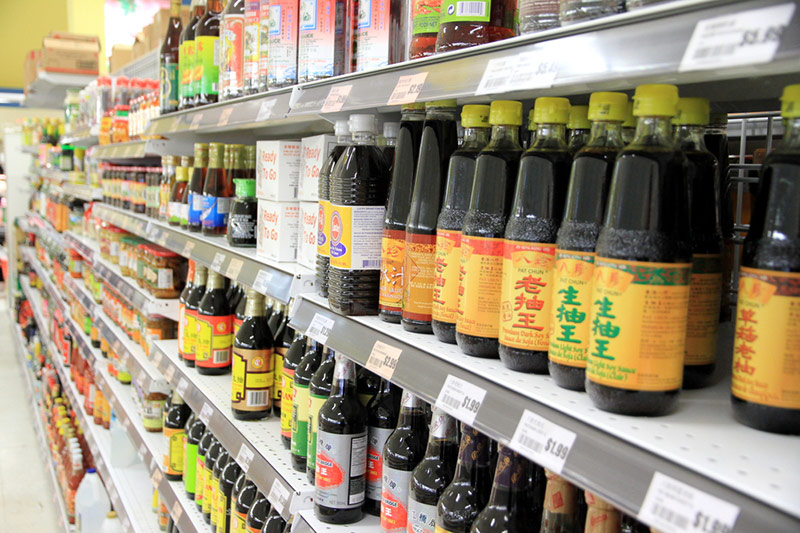BEIJING (Reuters) - China's annual consumer inflation remained near a five-year low in October at 1.6 percent, further evidence that the world's second-largest economy is cooling and reinforcing expectations that authorities will roll out more measures to support growth.
Analysts polled by Reuters had expected annual consumer inflation to be 1.6 percent in October, the same as September, which was the weakest reading since January 2010.
On a monthly basis, consumer inflation was flat in October, the National Bureau of Statistics said on Monday. That compared with 0.1 percent expected by economists.
"The risk of deflation has risen as the economy is expected to slow further in the next few quarters," ANZ economists said in a research note.
"This is a significant risk ... which requires China's policymakers to monitor the situation closely and take action swiftly," ANZ said, suggesting the central bank could inject money into the system more frequently to keep the financial system working smoothly.
Facing mounting risks to growth and rising risks of deflation, Beijing is widely expected to continue rolling out a steady stream of stimulus measures in coming months, though most economists believe it will hold off on more aggressive action such an interest rate cut unless conditions sharply deteriorate.
President Xi Jinping said on Sunday that the risks facing China's economy are "not that scary" and even if China's economy were to grow 7 percent, that would still rank it at the forefront of the world's economies.
But signs are growing that the economy is continuing to lose momentum despite a raft of earlier stimulus measures, putting the government's official 2014 growth target of 7.5 percent at increasing risk.
The producer price index fell 2.2 percent from a year ago, its 32nd consecutive decline, as sluggish demand curbed the pricing power of companies, the National Bureau of Statistics said.
The market had expected a 2.0 percent fall in producer prices after a drop of 1.8 percent in September.
Many Chinese companies are already facing rising borrowing costs as banks grow more reluctant to lend.
Yu Qiumei, a senior statistician at the National Bureau of Statistics, said worsening factory price deflation in October was mainly caused by a drop in oil prices and over-capacity problems that have plagued some sectors for years.
China has cut retail prices of gasoline and diesel seven times in a row since late July as international oil prices fell.
"The worsening PPI weighed on the manufacturing industry, providing more evidence that China's economic growth will remain under pressure in 2015. Policymakers should take more measures to boost the economy," said Li Huiyong, an economist at Shenyin & Wanguo Securities in Shanghai.
Nomura expects more forceful measures to come soon, predicting one, 50-basis-point cut in banks' reserve requirement ratio in each quarter from now into late 2015, in addition to more modest easing measures.
China's central bank pledged on Thursday to maintain modest policy support to help the economy in the near term but stressed that it will not flood markets with cash, which it fears may be funneled into speculative activities rather than the real economy.
An official survey released last week showed that the services sector grew at its slowest pace in nine months in October as the cooling property sector weighed on demand, adding to signs of fragility in the economy. A similar survey found factory activity fell to a five-month low.
Data on Saturday showed import growth slowed in October, adding to evidence of sluggish demand.
(Reporting by Judy Hua, Shao Xiaoyi and Koh Gui Qing; Editing by Kim Coghill)
